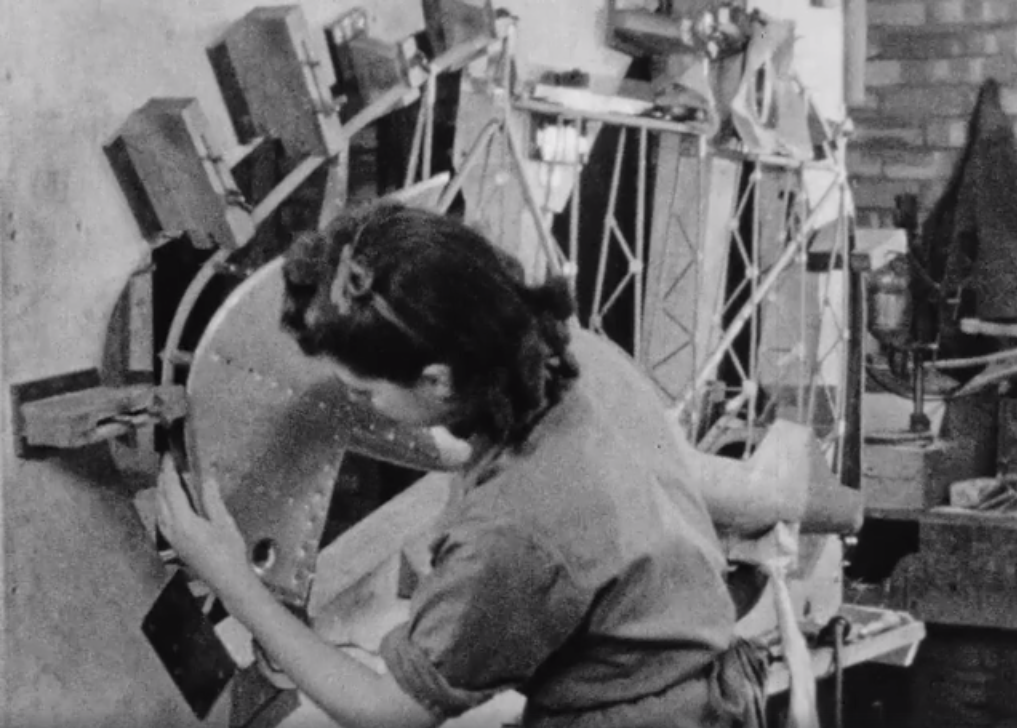cvairwerks
Senior Airman
MiTasol: Backing up to your question #2, re: serial numbers. Generally, unless a part is a custom, one off repair part, the serial number is not aircraft specific.
When I worked the production side of things, our aircraft didn't even get their serial number plate until it was actually on the flight line and being prepped for first engine run. We had paper, card stock and metal tags that were temporarily attached to various fuselage sections as well as stenciled information. None of the parts carried an aircraft serial number at the that point, but rather the aircraft production id number.
Production control is who keeps the serial number record for every part that has one, and what aircraft it is installed on. The records are updated as necessary up to the point the aircraft leaves the factory to the accepting organization. If a part fails, or gets damaged and replaced, the records are changed. As part of the delivery records, a listing of every serialized part on the aircraft is provided. From that point, the owning organization maintains the records per their requirements.
On something else that goes hand in hand with serial numbers, is configuration control. If you chase thru enough IPB's, you will note configuration flags throughout the books. These tell maintainers and parts people what version of a particular part or installation configuration were installed at the factory. For example, a simple one might show that for a particular range of aircraft serial numbers, a particular wire harness was used. Subsequent aircraft used a different harness, which had some sort of change, which was enough to change the dash number of the harness, or be a completely different harness design. It can be a real rabbit warren chasing parts changes!
When I worked the production side of things, our aircraft didn't even get their serial number plate until it was actually on the flight line and being prepped for first engine run. We had paper, card stock and metal tags that were temporarily attached to various fuselage sections as well as stenciled information. None of the parts carried an aircraft serial number at the that point, but rather the aircraft production id number.
Production control is who keeps the serial number record for every part that has one, and what aircraft it is installed on. The records are updated as necessary up to the point the aircraft leaves the factory to the accepting organization. If a part fails, or gets damaged and replaced, the records are changed. As part of the delivery records, a listing of every serialized part on the aircraft is provided. From that point, the owning organization maintains the records per their requirements.
On something else that goes hand in hand with serial numbers, is configuration control. If you chase thru enough IPB's, you will note configuration flags throughout the books. These tell maintainers and parts people what version of a particular part or installation configuration were installed at the factory. For example, a simple one might show that for a particular range of aircraft serial numbers, a particular wire harness was used. Subsequent aircraft used a different harness, which had some sort of change, which was enough to change the dash number of the harness, or be a completely different harness design. It can be a real rabbit warren chasing parts changes!


